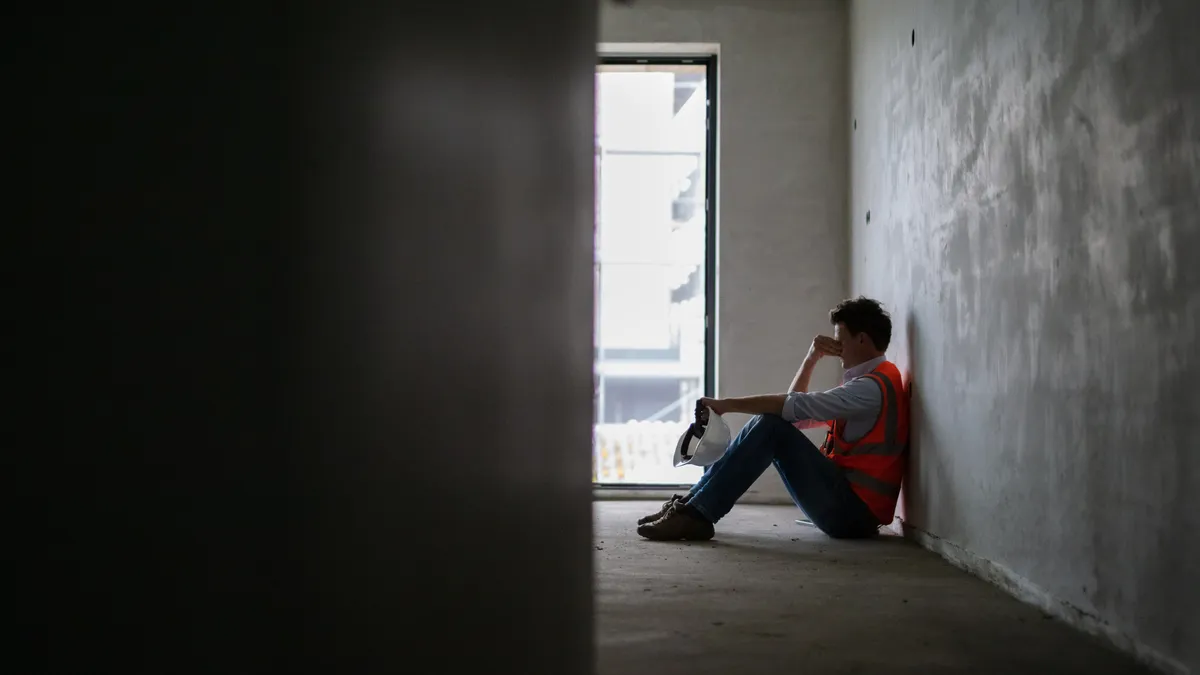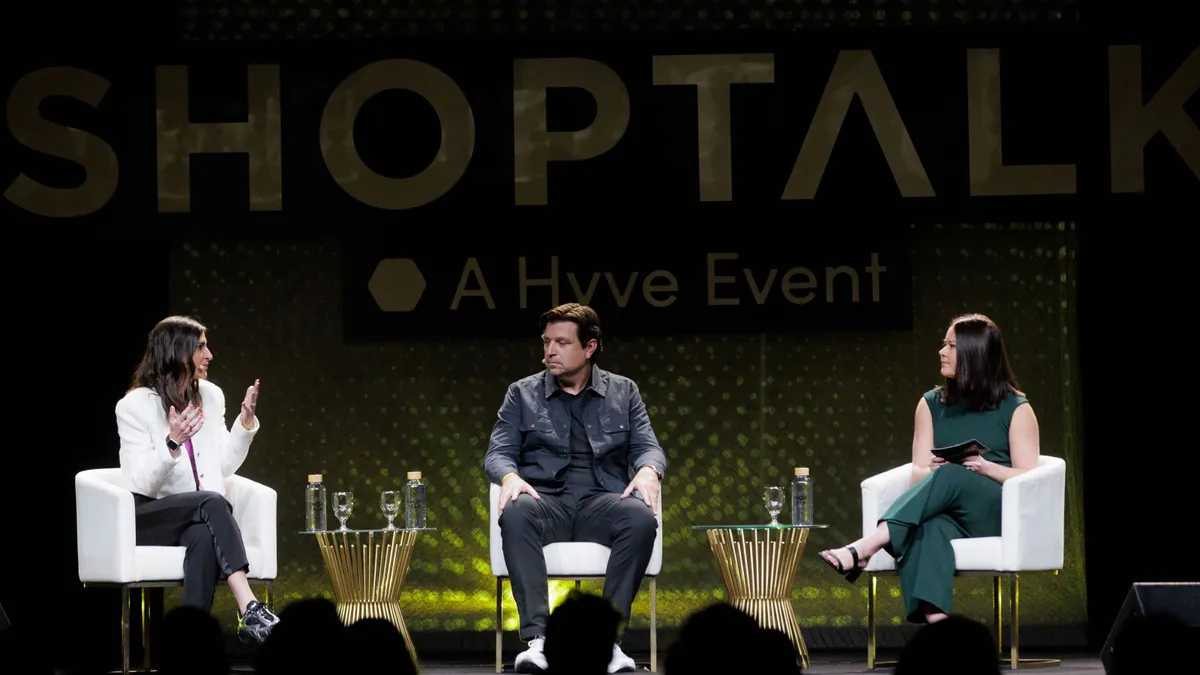One of the biggest opportunities in omnichannel is one that ties online and mobile retail activity to the brick-and-mortar store: buy online, pickup in store. Not only is the option convenient for shoppers, it helps drive incremental sales by bringing people in to discover additional items they want and need.
Customers like in-store pickup and are driving its growth, according to a session held earlier this month at the Internet Retailer Conference + Exhibition (IRCE) in Chicago, “Delivering on the Buy Online/Pick Up in Store Promise.”
In 2013, just 4% of shoppers in the United States had purchased items online and picked them up in a retail store, said Kevin Gardiner, director of Store Operations, Strategies for Macy’s, Inc. In 2014, that figure jumped to 64%. “This is really resonating with customers,” he said. “This is really something they want.”
A marriage of convenience
The secret to a successful in-store pickup program is ease and convenience. But consumers and retailers can define convenience differently. The ultimate shopper convenience might be to buy online and have a retail rep meet them at the curb, for example, while a store manager wishing to drive incremental sales might have a different strategy.
“If my CEO had his way, [customers] would walk past every piece of merchandise in-store before they stopped at the pickup counter,” Gardiner said.
The happy medium is to make the pickup counter easy to find, but out of the way of the usual hubbub of a busy store.
“You probably don’t want to have your pickup counter right near one of the main entrances,” Gardiner said. “But at the same time, you don’t want to make it so difficult for the customer that they can’t find where to pick up their merchandise.”
Multiple pickup stations can create confusion, he added. Customers don’t always read their e-mail alerts thoroughly, then walk into the store and ask the first sales associate they see where to find the pickup counter. “If you have multiple pickup locations, it creates an opportunity for the associate to not know where to go.”
Clear communication is essential. Macy’s informs online buyers that in-store pickup will be ready within four hours, and makes every effort to pick the products within two hours so that clients never experience the disappointment of showing up early and waiting to get their goods.
When a customer does show up early, it creates an opportunity to disappoint. “We often do go out of our way to find the merchandise for them, and it usually takes us more than 15 minutes,” Gardiner said. No in-store pickup should exceed this limit, he added. “Once it takes 15 minutes, forget about it—you’ve lost your customer.”
The in-store inventory challenge
Follett Corp. has offered buy online, pickup in store for more than 15 years as a part of its hyperlocal strategy. The largest collegiate retailer in the nation, Follett operates more than 900 campus stores at Stanford, Notre Dame, other universities nationwide.
The service boosts average order value an average of 23%, said Roe McFarlane, senior vice president of e-commerce development. “And it’s a traffic driver. About 56% of my online orders are for in-store pickup year-round. It’s a great problem to have, but it is also one that has to be managed.”
Follett manages by focusing on real-time inventory management. If an item is no longer available at a shopper’s preferred pickup location, its image disappears from the e-commerce site. “How many of us have shopped online only to find out that it’s not available when we get to the store?” McFarlane said. “Inventory integrity is super-key.”
Inventory is a challenge for Macy’s, too. The chain’s systems can list 10 items in-stock, but several might be in shopping carts or returns processing. Putting items on clearance further complicates matters by increasing competition for items among shoppers; the chain keeps a cushion of “safety” stock to head off problems.
If there is a glitch and an online purchase can’t be located in-store, associates need to act fast. “You never want to disappoint a customer,” Gardiner said. “Send an email or give them a phone call and say, ‘We don’t have it.’ If they make the commitment to come to the store and then find out you don’t have it, it’s exponentially worse.”
'The store is just a pretty warehouse'
Follett also speeds product picks to reduce the service's impact on personnel. Its manifests include product images, detailed item listings (“Nike, hoodie, red,” for instance), and are sorted into the optimum order for pick efficiency.
“It has to work for the customer, and it has to work for the store associate who has to fulfill the order,” McFarlane said.
“As [Follett Higher Education Group President] Don Germano says, ‘The store is just a pretty warehouse,’” McFarlane said. “We’re getting rid of the back room; we’re getting rid of the storage room. We’re trying to store apparel appropriately in the store, signed and accurately priced.”
And customers are eager for even more convenience, he said.
“They are saying, ‘We like buy online, pickup in store, but can you take the store out of the store? Can you come to me at Starbucks and deliver? Can you come to the library and deliver?’ That’s pushing us to the next level.”




















